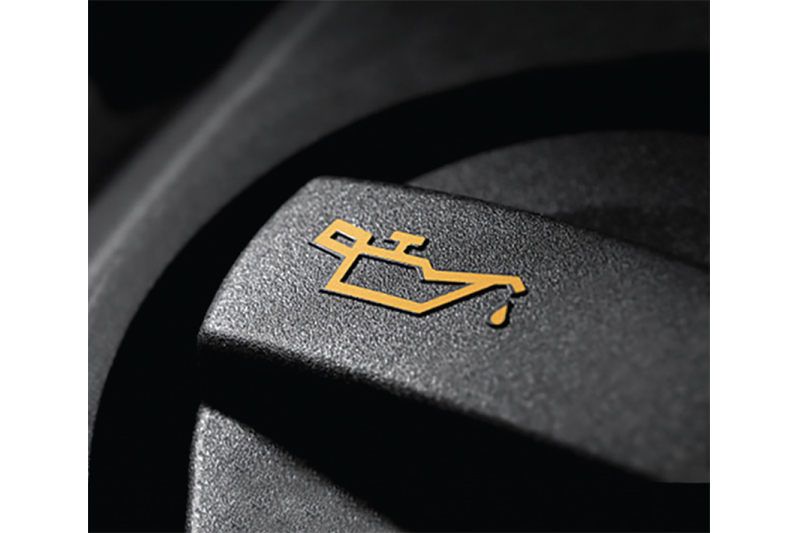
VLS Company Secretary, David Wright, tells us about the impact of the increasing market share of hybrid and electric vehicles (EVs) on the lubricant market:
EVs have been reported as the solution to net zero. With UK sales of new petrol and diesel cars and vans banned from 2030 and hybrid sales prohibited from 2035, original equipment manufacturers (OEMs) are fast adapting to new electric models. Mechanics are retraining to cater to EV needs. Everyone is gearing up for the ‘electric revolution’ – but are drivers being left behind?
According to the European Automobile Manufacturers’ Association (ACEA)’s Vehicles in Use 2022 report, hybrid and EVs accounted for just 3.1% of UK passenger vehicles in use in 2020. New car registrations demonstrate the increasing share of hybrid and EVs, with battery vehicle registrations up 79% versus 2021, according to Society of Motor Manufacturers and Traders data in March 2022. But despite this increase, the majority of new vehicles sold in March 2022 were still petrol and diesel.
Motorists are still buying petrol and diesel vehicles, and they are also holding on to their cars for even longer. According to the ACEA report, the average passenger vehicle in the UK is now 9.4-years-old, up from 8.0 years in 2019. Over 14.9 million vehicles on UK roads are over 10 years old, representing almost half of all passenger vehicles. With the cost of living rising sharply, it is unlikely this trend will reverse in the short term. Millions of petrol and diesel cars, as well as hybrid and EVs, will be on our roads for many years to come.
This increasingly complex and diverse vehicle parc represents enormous challenges for the automotive aftermarket, including lubricants manufacturers, motor factors and workshops.
Electric and hybrid vehicles function entirely differently from conventional petrol and diesel internal combustion vehicles. This results in very different fluid requirements. According to lubricant additive manufacturer Infineum: “Different types of electrification, from full battery electric to hybrid options, bring distinct challenges and opportunities for lubricant and transmission fluid developments. Efluids must balance the need to maintain outstanding gear and bearing protection, cleanliness and performance while meeting new e-specific requirements.”

Hybrid electric vehicles operate at lower temperatures with higher stress during stop/start and require additional lubricant additives to disperse increased sludge effectively. Battery electric vehicles reach very high temperatures, particularly during rapid charging. Specifically designed fluids must cater to the increase in oxidation and the need to dissipate the rise in generated heat around the power units. These coolants need the correct copper compatibility to avoid copper corrosion and help avoid foaming produced by higher RPMs as air gets into the high-stress environment. Whilst many of these e-fluids are currently used in factory fill, some will soon be coming to the aftermarket as EVs age and require maintenance.
The challenge for you is to offer a suitable range of products to meet differing lubricant requirements for electric, hybrid, petrol and diesel engine vehicles. With this complex vehicle parc, using the correct lubricant is more critical than ever. Using the wrong fluid risks accelerated wear to gears and bearings. Left unchecked, it could lead to eventual engine failure, meaning higher maintenance costs, unhappy customers and a loss of business reputation.
Even without the challenges of hybrid and EVs, lubricants are becoming an increasingly complex area. Gone are the days when any 5w30 will do. That’s before you even consider hydrogen. The sheer volume of electric charging infrastructure required in such a short space of time means that companies are considering alternative solutions to net zero, such as hydrogen.
Already hundreds of filling stations all over Europe are primed to dispense hydrogen fuel. Hydrogen itself can be produced from various domestic resources, including renewable power, like solar and wind, as well as natural gas, nuclear power and biomass.
The UK government has signalled its intent to consider hydrogen as a worthwhile option by unveiling its hydrogen strategy last year. According to the government document, “hydrogen is likely to be fundamental to achieving net zero in transport, potentially complementing electrification across modes of transport, such as buses, trains and heavy goods vehicles (HGVs). It is also likely to provide solutions for sectors that will not be able to fully decarbonize otherwise, including aviation and shipping.”

OEMs are also investing in hydrogen, particularly for heavy duty vehicles. JCB Chairman, Lord Bamford, said: “We are investing in hydrogen as we don’t see electric being the all-round solution, particularly not for our industry because it can only be used to power smaller machines. It does mean we will carry on making engines, but they will be superefficient, affordable, high-tech hydrogen motors with zero CO2 emissions, which can be brought to market quickly using our existing supply base.”
Hydrogen can be used in either a fuel cell or battery powered electric vehicle or as a fuel itself to drive vehicles, mixing it with air to produce combustion in a near conventional-type engine. These two options present complete opposite requirements for lubricants. The hydrogen fuel cell vehicle requires EV fluids, and a hydrogen-fuelled vehicle requires a more standard lubricant which you’ll be familiar with.
It remains to be seen whether hydrogen-fuelled or hydrogen fuel cell vehicles will become a viable alternative to battery-powered electric vehicles. In the meantime, as the vehicle parc transitions to an as yet unclear future, VLS encourages you to stock as wide a range as possible, considering not just the latest innovations but the many older vehicles on our roads. While oil companies may be keen to promote their latest ultralow viscosity formulations, older vehicles may require different engine oils. It’s always worth checking the exact requirement for every vehicle, using an online database or checking the vehicle handbook.

In this increasingly complex market, it is tempting for manufacturers to claim their products meet a wide range of OEM and ACEA specifications. Every one of the cases investigated by VLS over the past three years has related to misleading marketing claims, with conflicting or unevidenced OEM approvals. If an engine oil sounds too good to be true or you have any concerns about it being mis-sold or mislabelled, it’s important to double-check.
You can report a product you have concerns about to VLS, who will independently investigate it to confirm if it really can deliver what it claims. We continue to investigate and resolve complaints about lubricant products to ensure that motor factors, mechanics and motorists alike can make informed decisions and be confident that a lubricant is suitable for use in the application.
David Wright is company secretary of the Verification of Lubricant Specifications (VLS), an independent industry body that provides a credible and trusted means to verify lubricant specifications. This Lubricant Industry Initiative aims to bring transparency to the lubricant market place and protect and educate end users.







